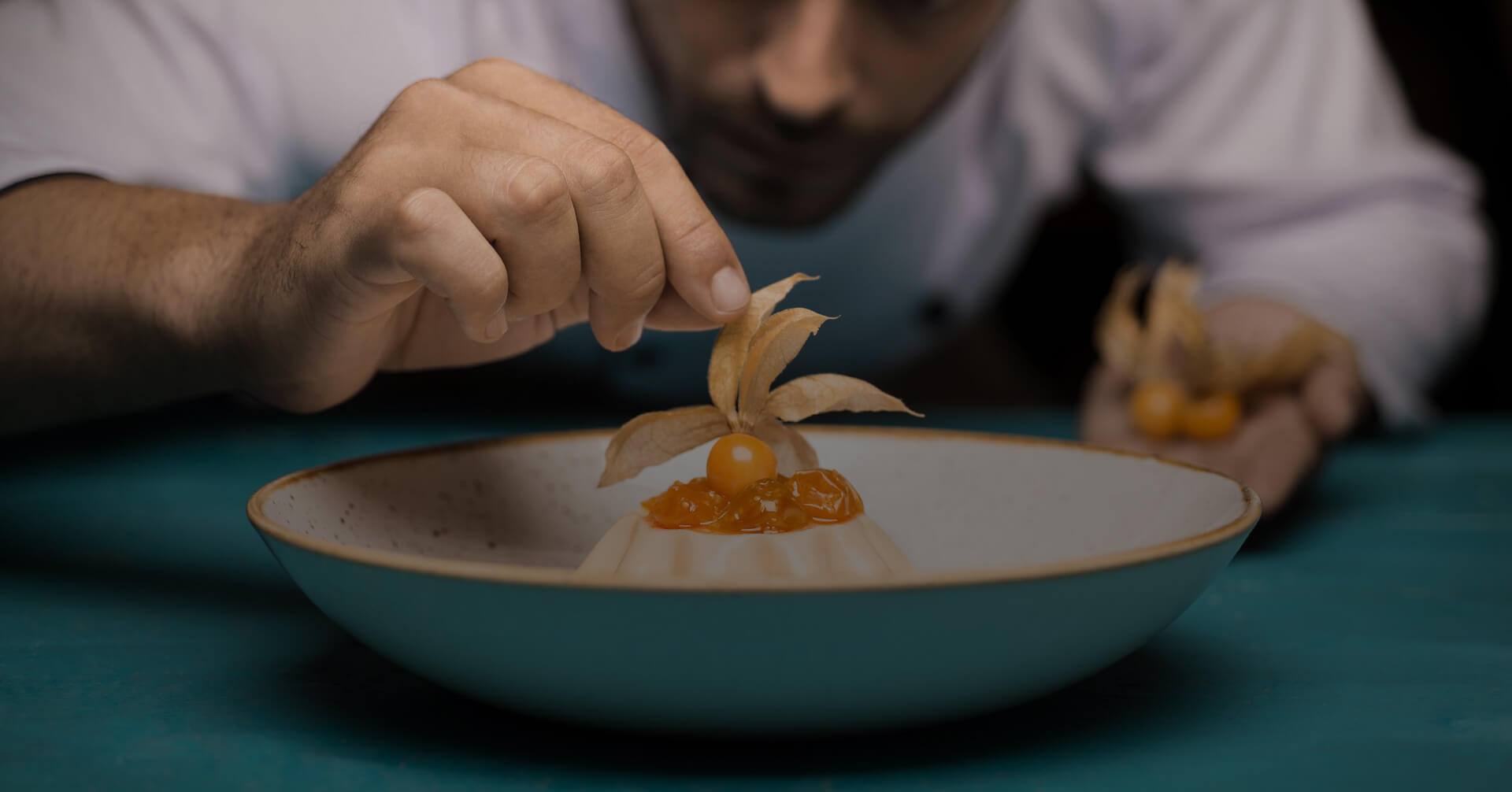5 WORDS TO NOT GET LOST IN AN AMAZONIAN DINNER
Yes: it is true that the Amazon is the food pantry of the future.
The fruits, vegetables, barks, plants and fish of the jungle have always been there. They were used in the ancient kitchens of the communities that lived in this region, in contact with nature. In the Amazonian cities, there are also typical restaurants that offer the most iconic trilogy of its cuisine: tacacho, cecina and juane. However, there is much more. Amazonian ingredients did not appear in the haute cuisine restaurants of Lima until 2004. Since then, we Peruvians have become used to hearing that this offer is much wider, in constant evolution, with a great variety of “new” ingredients: camu camu, charapita, paiche, suri, pituca, mucílago, copoazú or tucupí.
Tacacho
Tacacho is a kind of meatball made with pork fat and roasted banana. It is the ideal garnish to accompany cecina , a smoked fillet steak made from pork rib.
Patarashca
Fish represents 70% of the protein used in the jungle. The most consumed varieties are found in rivers: the gamitana, the dorado, the palometa, the doncella. Those with smoother flesh are used in patarashca, a cooking method that uses a bijao leaf to wrap the fish. It is like an Amazonian version of a papillote that finishes cooking on the grill with chili peppers and wild spices.
Juane
It is said that Juane resembles the shape of John the Baptist’s head when he was sacrificed; therefore, it is consumed massively during the festivities of San Juan, in June. It is a tasty snack made with rice, mishkina (a wild spice) and hen (or chicken). The ingredients are pre-cooked and wrapped in a oval shaped bijao leaf to finish cooking in boiling water.
Patacones
It is one of the most popular way to eat bananas, which is one of the most abundant fruits in the jungle. They are cut into large pieces that are fried twice in oil; then, they are crushed using a pestle and mortar until they look like a flattened sun.
Tucupí
This is a very widespread condiment made with the fermentation of yuca brava, one of the varieties of this tuber. The resulting flavor is umami: between sweet, salty and spicy. Tucupí has been used in gastronomy only very recently: it is used to make a salted caramel, to seal a paiche steak and to reduce a sauce that accompanies gnocchi, also made with yuca.












